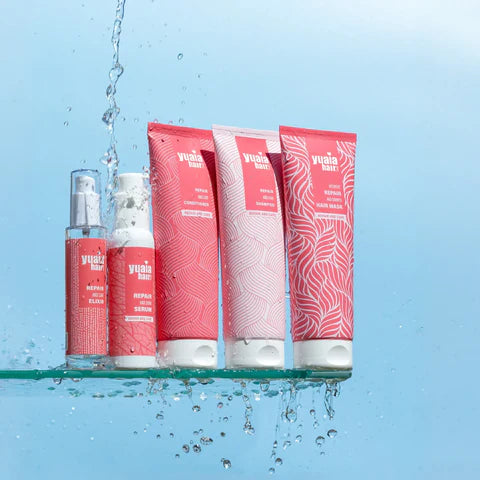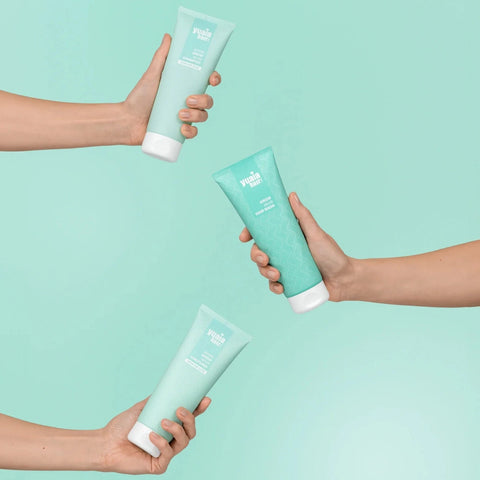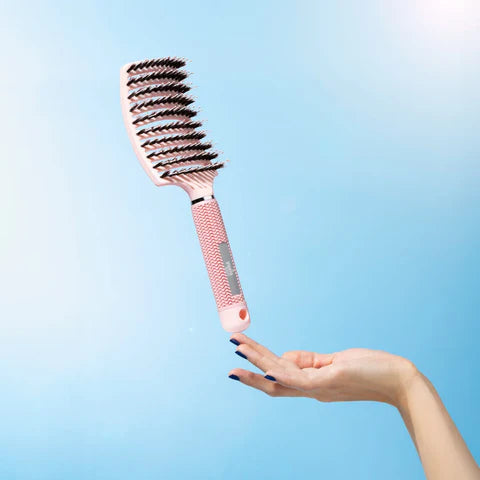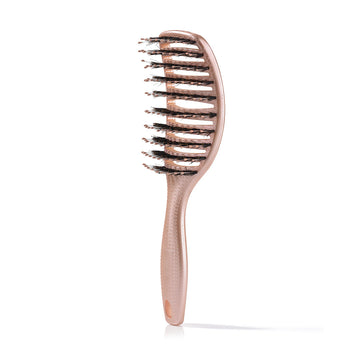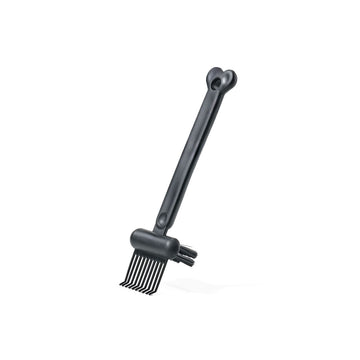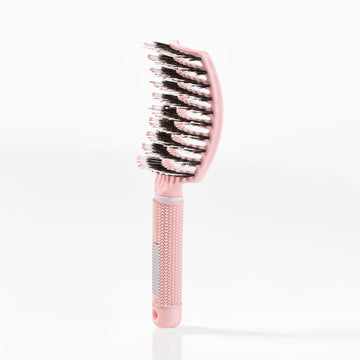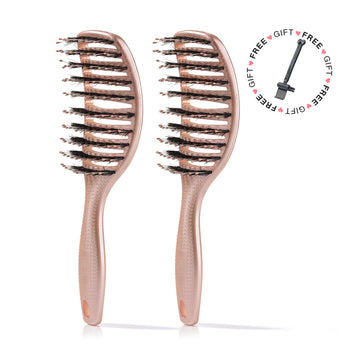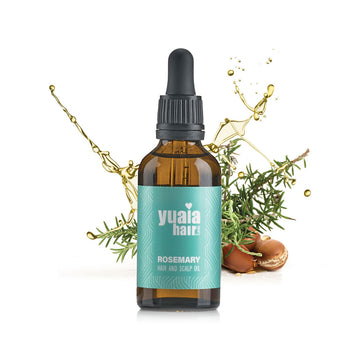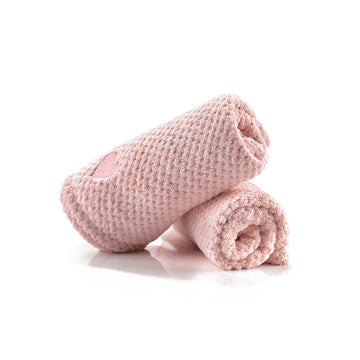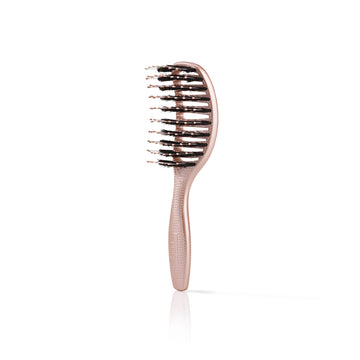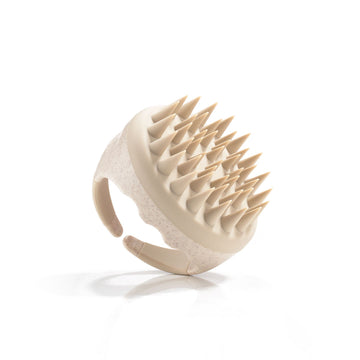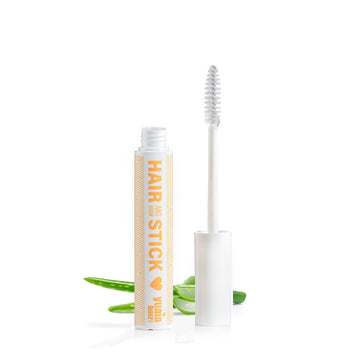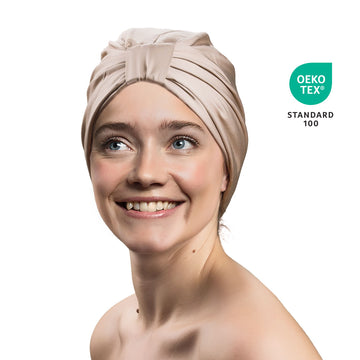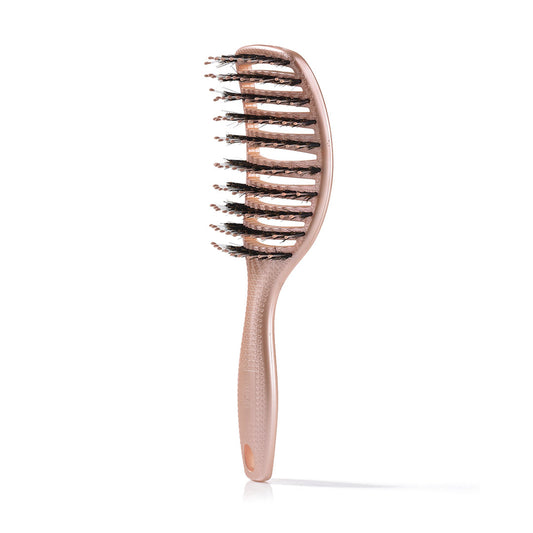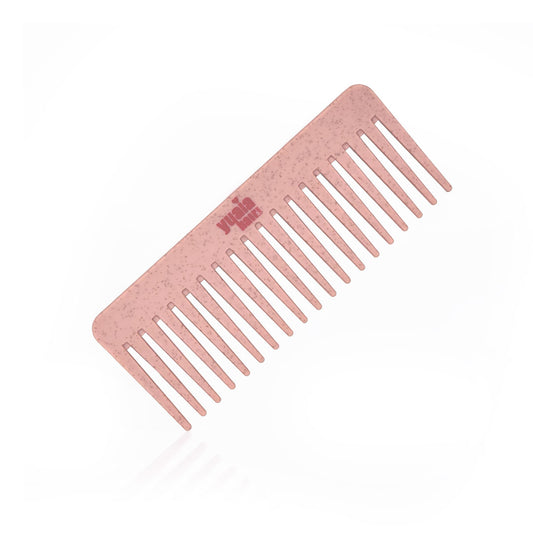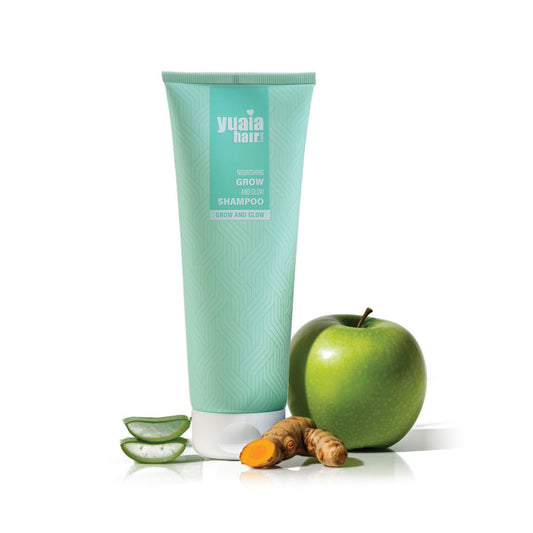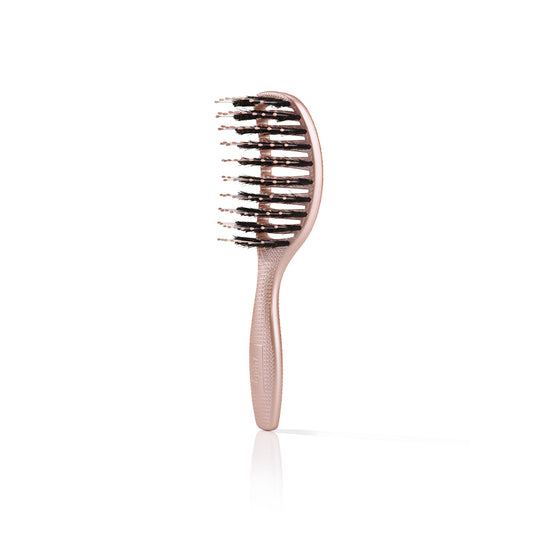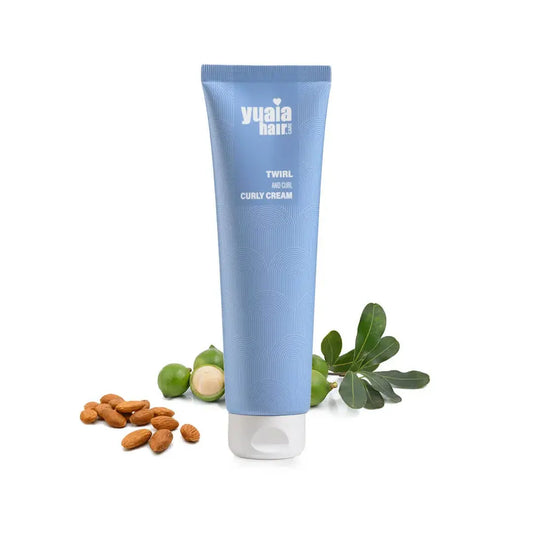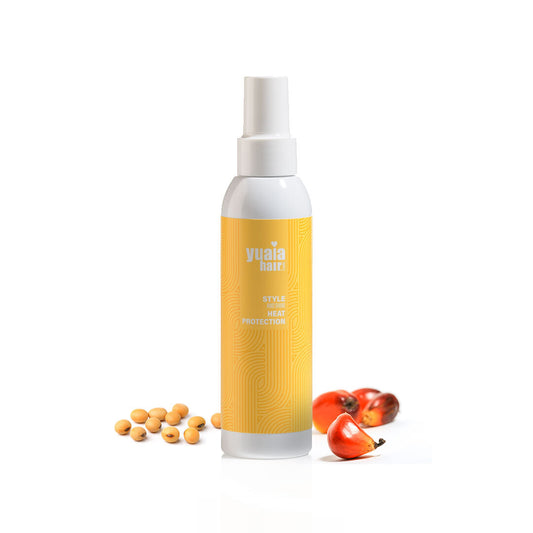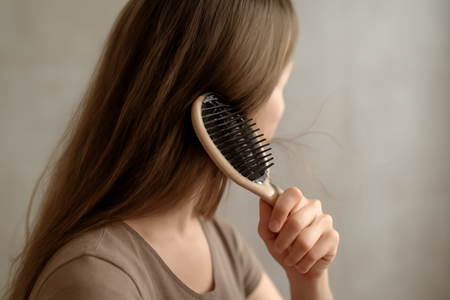
Understanding the causes of hair breakage
Hair breakage during brushing is often attributed to mechanical damage, which can occur from using improper techniques or the wrong type of brush. One common mistake is brushing too aggressively, particularly from roots to ends, which increases tension and can lead to breakage. Instead, it’s advisable to start at the tips and work upwards to gently detangle hair.
Another factor is the choice of brush. Using a stiff-bristled brush on fine hair or a narrow-toothed comb on curly hair can cause unnecessary pulling and damage. It's essential to select a brush that suits your hair type. For example, a boar bristle brush can be beneficial for fine hair, while a wide-toothed comb is ideal for detangling curly hair without causing breakage.
Hair condition also plays a significant role in its susceptibility to breakage. Dry, brittle, or chemically treated hair is more prone to snapping under pressure. Environmental factors, such as humidity and temperature changes, as well as heat styling, can further weaken hair, making it more fragile.
Techniques for safe brushing
To minimize hair breakage, adopting proper brushing techniques is crucial. Begin by detangling the ends of your hair and gradually work your way up towards the roots. This method helps prevent tangles from worsening and reduces the risk of breakage. It's also important to brush gently and avoid pulling on the hair.
Choosing the right brush is equally important. For fine hair, a boar bristle brush can help distribute natural oils and reduce static, while a wide-toothed comb is excellent for curly hair, providing a gentle way to detangle without causing damage. Consider using our Curvy Brush, which is designed to offer gentle detangling properties for various hair types.
Enhancing hair health
Maintaining moisture in your hair is key to preventing breakage. Dry hair is more susceptible to damage, so it's important to keep it hydrated. Using a sulfate-free shampoo and conditioner can help maintain moisture levels. Our Twirl and Curl curly cream is perfect for curly hair, providing essential hydration and enhancing curl definition without weighing hair down.
Preventive care routines, such as regular conditioning treatments and protective styling, can also help maintain hair strength and elasticity. These practices not only reduce breakage but also support overall hair health.
Additional insights into hair breakage
As we delve deeper into understanding why your hair might break during brushing, it's important to consider additional factors that can contribute to this issue. Beyond the immediate causes of technique and tool selection, there are broader influences that play a role in hair health and resilience.
Environmental influences on hair health
Weather conditions have a significant impact on your hair's condition. During colder months, indoor heating can strip moisture from your hair, making it more brittle and prone to breakage. Conversely, humidity in warmer seasons can cause hair to swell and become more susceptible to tangling and breakage. It's essential to adjust your hair care routine to accommodate these changes, ensuring that your hair remains hydrated and protected year-round.
Heat styling and its effects
Frequent use of heat styling tools, such as flat irons and curling wands, can weaken hair over time. These tools break down the hair's natural protein structure, leading to increased fragility. To mitigate this, it's advisable to limit the use of heat styling and always apply a heat protectant, like our Style and Shine Heat Protection, to shield your hair from damage.
The role of protective hairstyles
Incorporating protective hairstyles into your routine can significantly reduce the risk of hair breakage. Styles such as braids, buns, and twists help minimize hair exposure to environmental stressors and reduce the need for constant manipulation. These styles can be particularly beneficial for those with curly or textured hair, as they help maintain moisture and prevent tangling.
Frequently asked questions
Why does my hair break more during certain seasons?
Hair breakage can be more pronounced in certain seasons due to environmental changes. Cold weather can dry out hair, making it brittle, while humidity in warmer months can cause hair to swell, leading to tangles and breakage. Adjusting your hair care routine to include more moisturizing products during these times can help mitigate these effects.
Can stress contribute to hair breakage?
Yes, stress can negatively impact hair health. It can lead to changes in the hair growth cycle, causing hair to become weaker and more prone to breakage. Managing stress through relaxation techniques and maintaining a balanced lifestyle can help promote healthier hair.
Is it better to brush hair when it's wet or dry?
Brushing hair when it's wet can be beneficial for certain hair types, especially curly or textured hair, as it allows for easier detangling. However, wet hair is more fragile, so it's important to use a gentle tool like a wide-tooth comb or our Curvy Brush to minimize breakage.
 2-5 day delivery
2-5 day delivery
 25.000+ satisfied customers
25.000+ satisfied customers
 Satisfaction Guarantee
Satisfaction Guarantee



